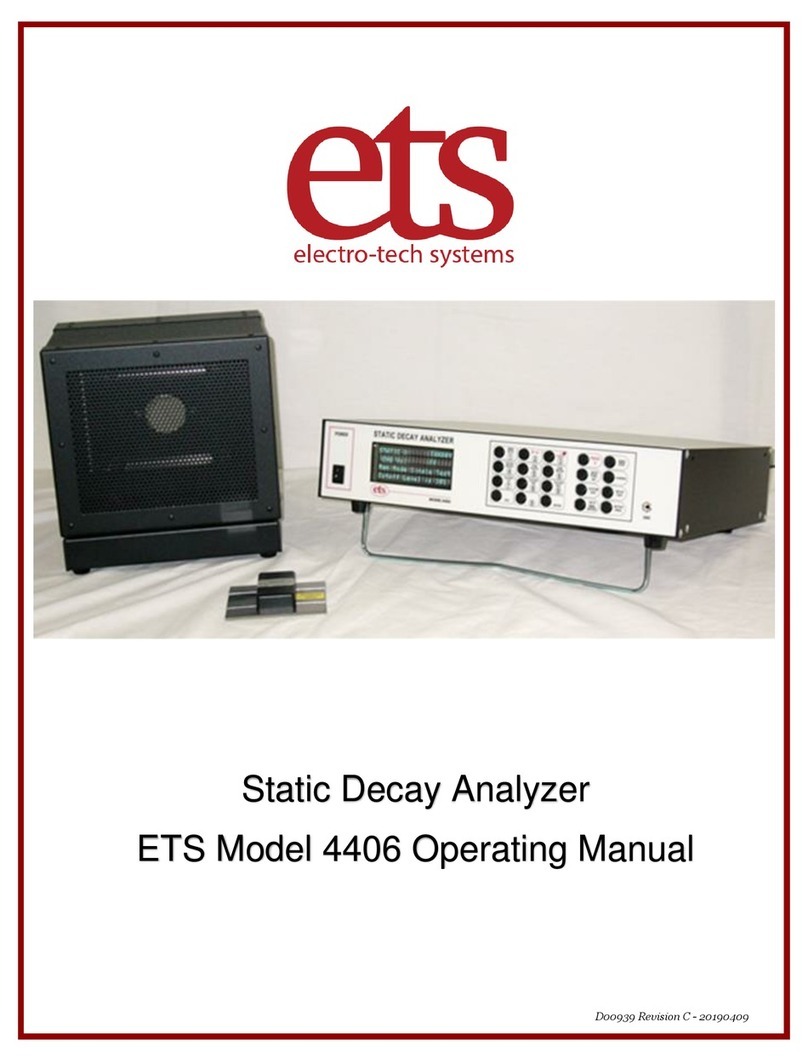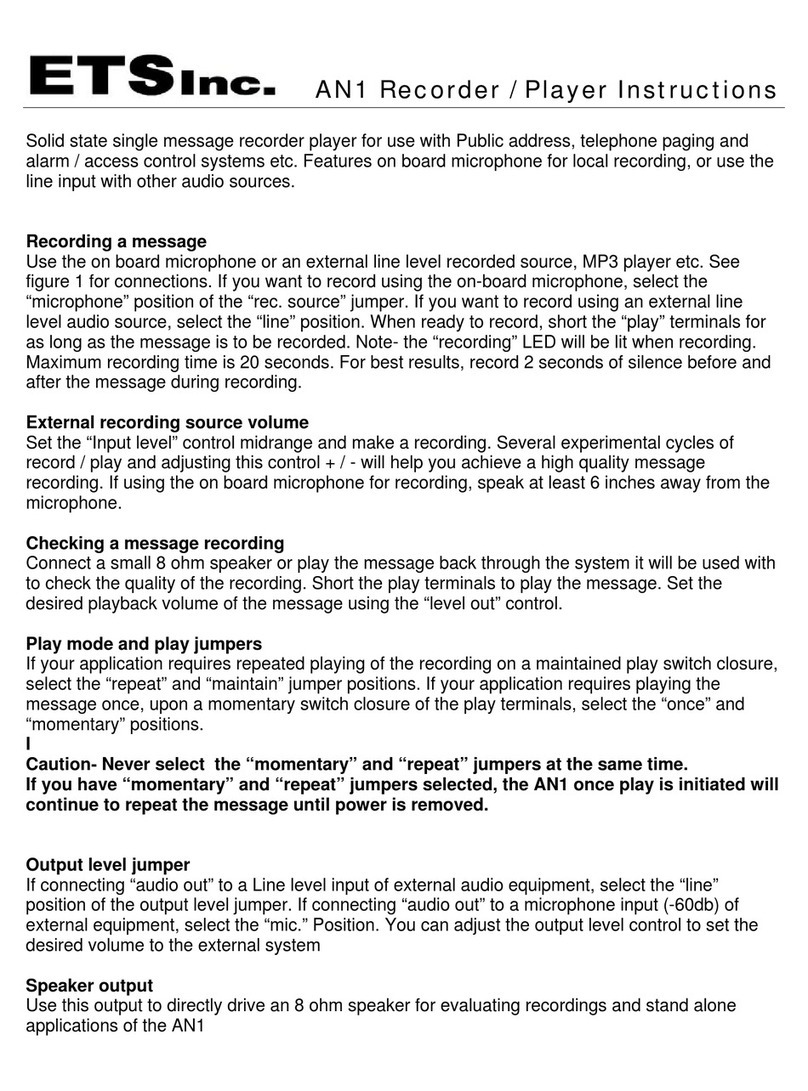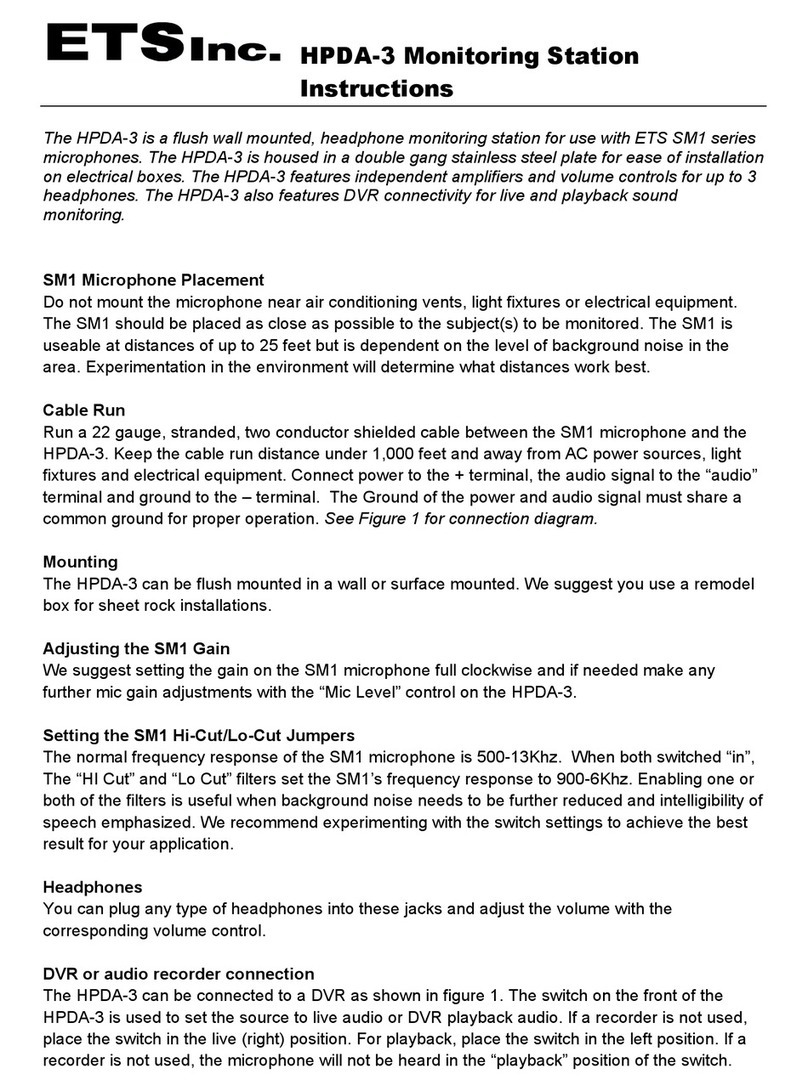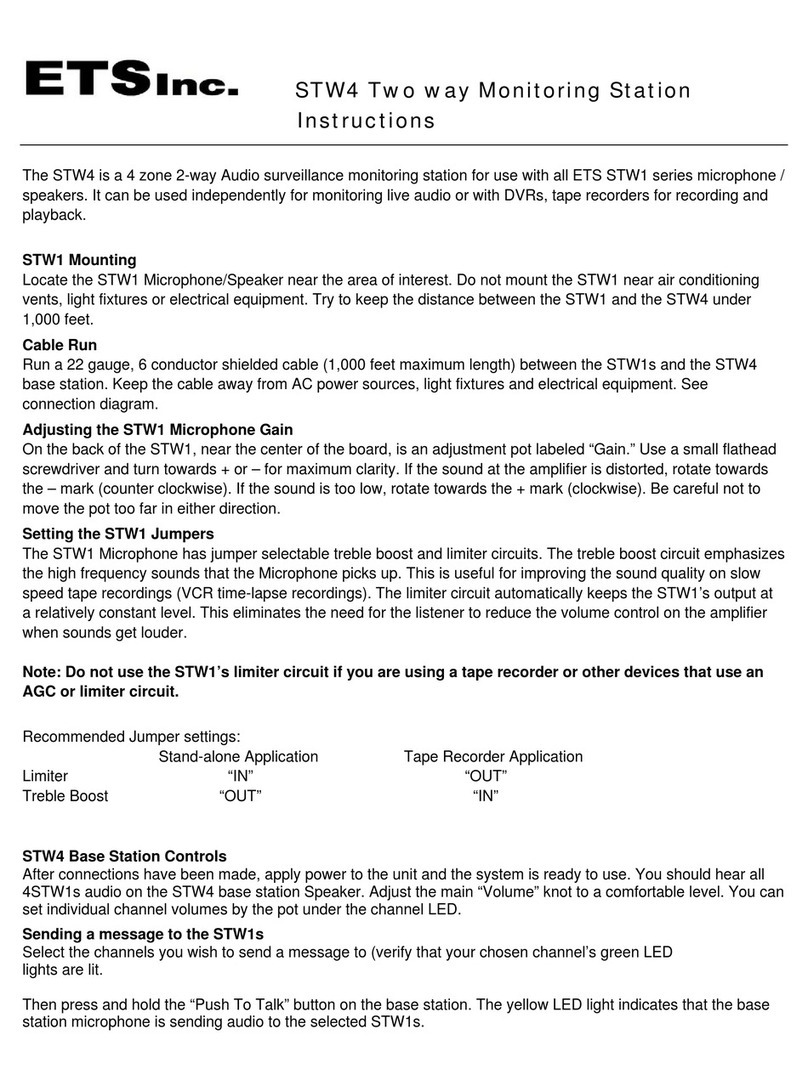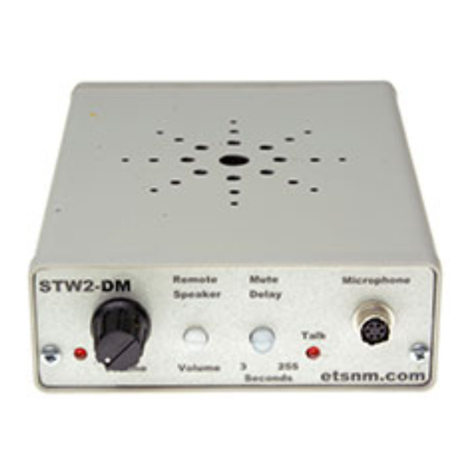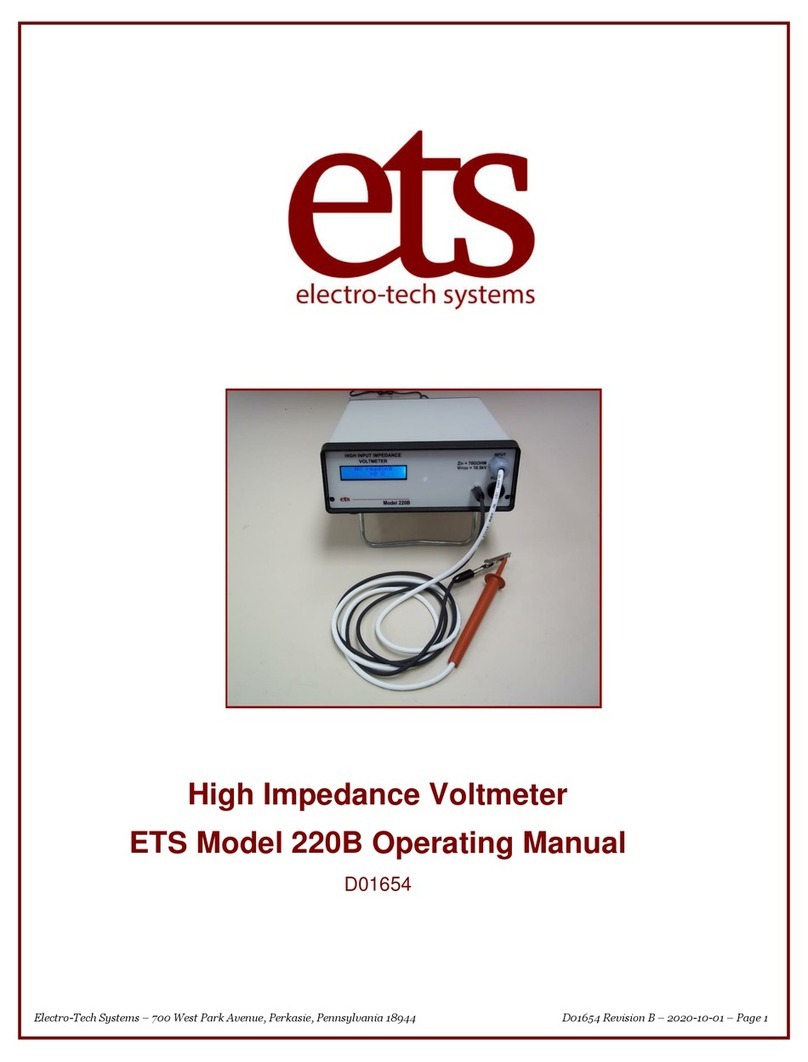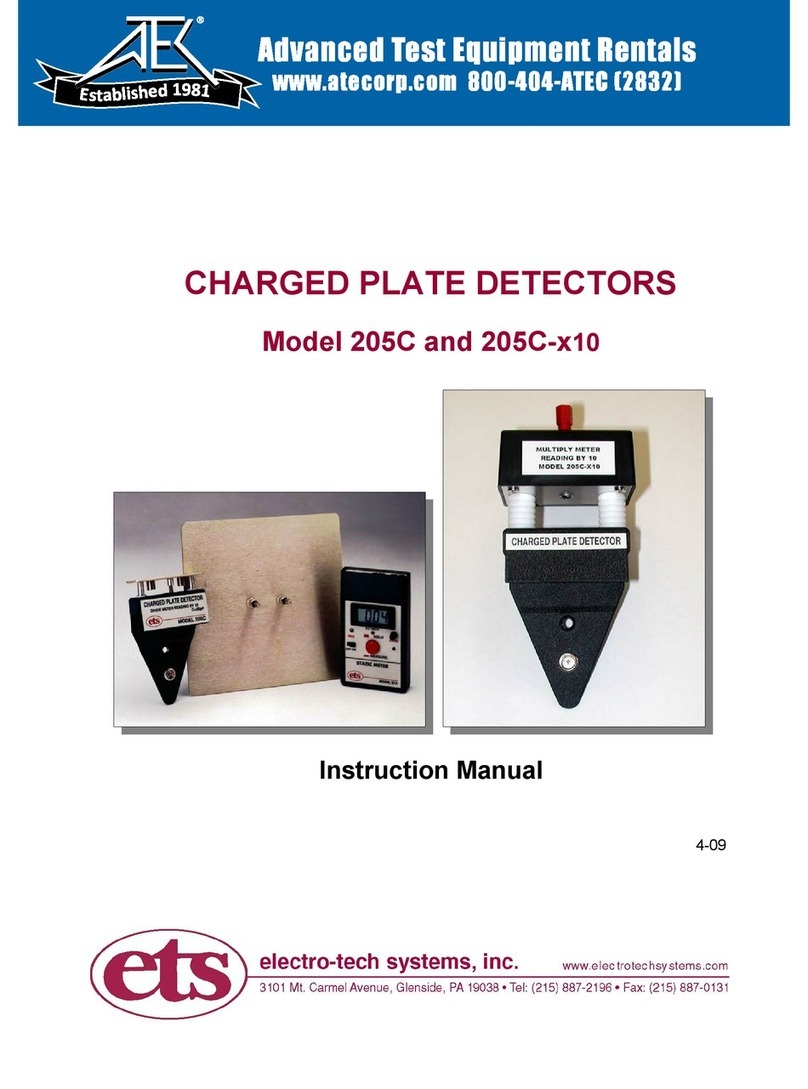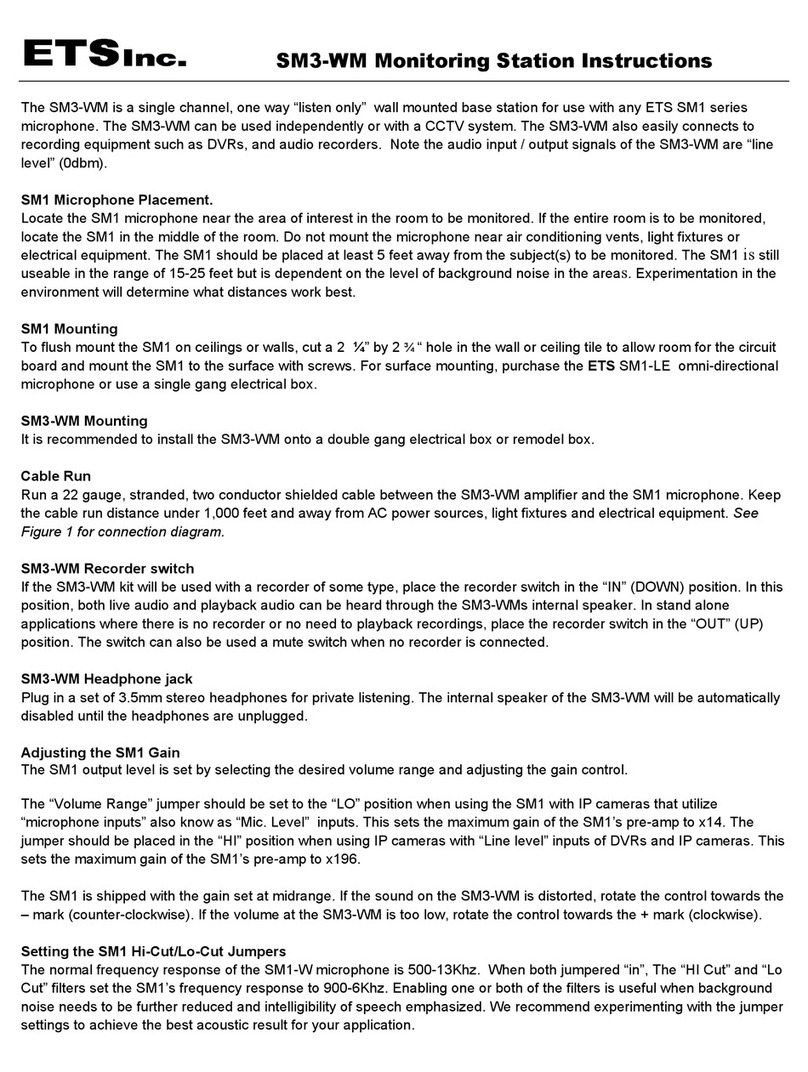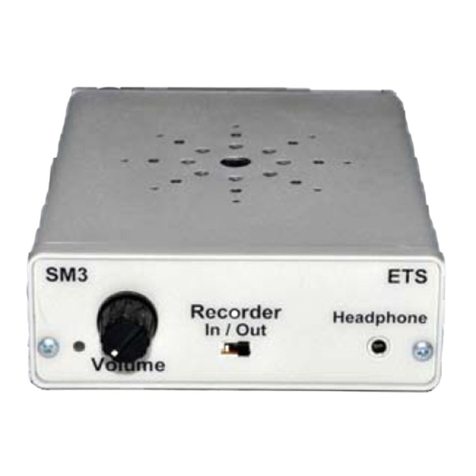
4
3.1 Preliminary Checkout
Push the POWER button to turn it on. At power on, unit defaults to ZERO
STANDBY mode and RANGE is set to 200nC.
Connect the 0.10 µF test capacitor supplied with the instrument to the ground
jack located on the rear panel and touch the other terminal to the 1.0 Volt output
jack located on the front panel. Push READ/ZERO button or depress and
release the remote foot switch to switch to READ mode and touch the charged
capacitor to the inner can of the Faraday cup. The DPM should indicate
100±2nC.
Place the cover on the Faraday cup or bucket. With the RANGE switch set to the
20 nC position, place the READ/ZERO switch in the READ position and observe
the DPM for one minute. The reading should not exceed 0.05nC. Return the
switch setting to the ZERO STANDBY. This provides an initial checkout of the
system performance.
To make a measurement, first select the RANGE desired (20, 200 or 2000nC).
Then place the READ/ZERO switch in the READ position or activate the remote
READ/ZERO switch immediately prior to placing the charged object to be
measured into the cup or bucket. Allow approximately 2 seconds before taking a
reading. If the reading is very low (measurable in the next lower range) or is over
scale, change the RANGE switch setting and repeat the measurement.
Each time a new measurement is taken the READ/ZERO button must first be
placed in the ZERO STANDBY. When using the ETS Foot Operated Remote
READ/ZERO switch the system is functioning as normal. When the foot switch is
depressed and released the system flips between the READ/ZERO mode and
remains in that mode until the switch is depressed again to switch mode.
When making a measurement it is extremely important that the operator
minimize the generation of any electrostatic fields. These fields can be
detected and they will adversely affect the measurement. Cable movement also
may cause a triboelectric charge to be generated on the inner conductor of the
shielded input cable and thus any cable movement should be avoided. If the
measurement cannot be performed without generating extraneous electrostatic
fields, the cover should be placed over the Faraday cup immediately after the
charged object has been placed inside, and then the reading taken.
The instrument can also be used to precisely determine the total capacitance of
an electronic network by charging the network with a given precise voltage and
then discharging the network into the Nanocoulombmeter. If voltages over 10
Volts are used then a 1 MegOhm resistor must be placed in series with the input.
Taking measurements using the Model 234 Detector Probe is covered in its
respective Instruction Manual.
Otherwise, damage to the instrument may occur. The maximum voltage allowed
for this type of measurement SHOULD NOT EXCEED 1000 Volts. Using the












